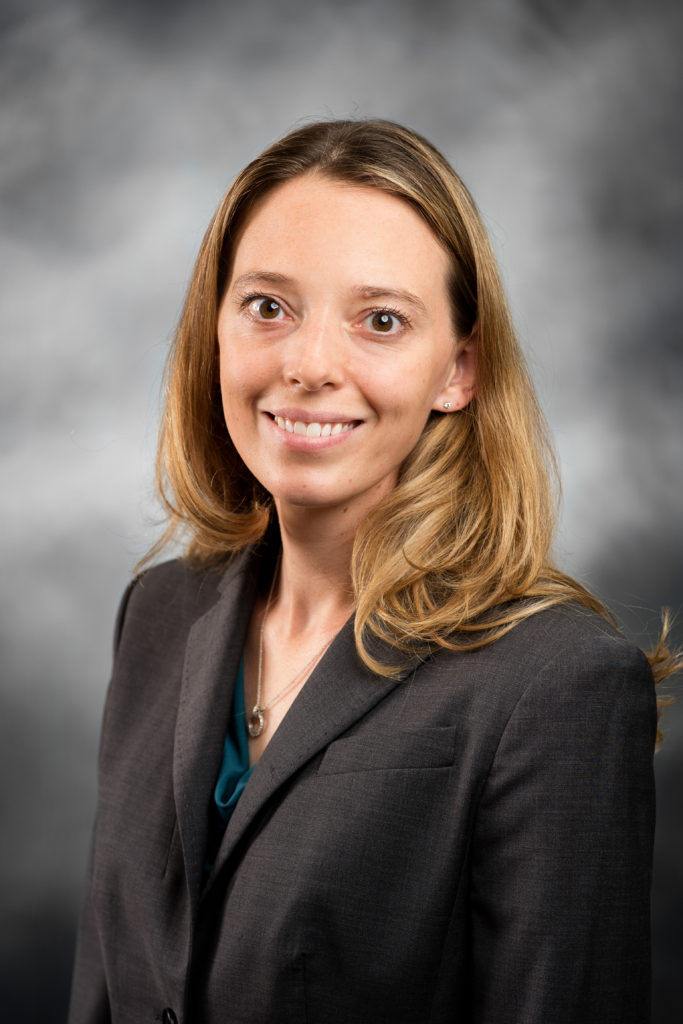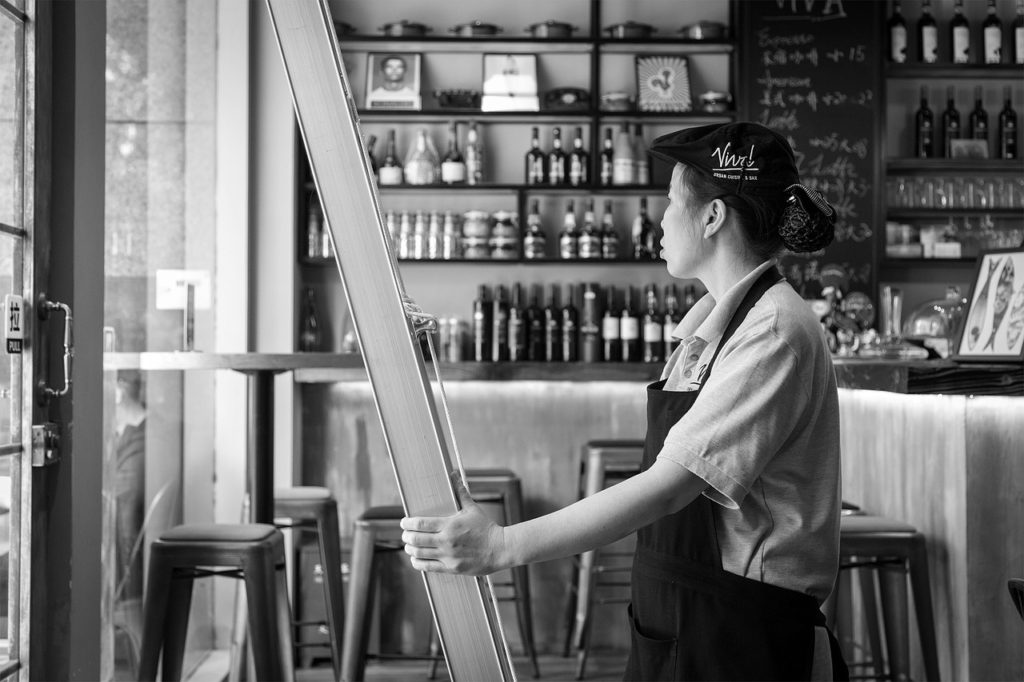MRM Talking With: Vascular Surgeon Dr. Jennifer Watson
3 Min Read By MRM Staff
What are varicose veins?
Varicose veins occur when faulty valves in the vein cause the blood to pool or flow in the wrong direction. As the blood pools, the vein enlarges. This can cause the leg to swell and result in other symptoms such as skin changes, itching, heaviness and aching.

What are causes of varicose veins?
Genetics is the most common cause of varicose veins. Several other factors such as prolonged sitting or standing, obesity and inactivity can increase a person’s risk. People may also experience varicose veins after surgery, trauma, or injury to the leg(s).
Additionally, women may ultimately be affected by hormonal factors and pregnancy, as these can contribute to the disease process.
What are some warning signs?
Those suffering from significant venous disease may note enlarged or ropey veins, skin discoloration, swelling, a feeling of heaviness, or aching.
What are common myths about varicose veins?
Varicose veins are a women’s issues.
False: In fact up to 40 percent of patients treated with venous disease are men.
Crossing your legs causes varicose veins.
False: There is no clear evidence that this is true.
Varicose veins are only a cosmetic issue.
False: Patients suffer from swelling, heaviness and even skin damage. Many experience high levels of pain and in some cases, can end up with a large wound directly related to chronic venous insufficiency.
Why are certain professions, including restaurant workers, prone to this condition?
Professions that involve prolonged sitting or standing are associated with this condition including those in the food and service industry. Though many employers have become more aware of the risks associated with prolonged sitting and standing, some are still not taking appropriate measures to help prevent it. Prevention can start with a few simple changes, such as varying tasks, understanding ergonomics associated with your workspace by utilizing equipment such as adjustable work stations and finally promoting walking and other activities.
What are some preventative measures a person can take?
Patients who are at risk for venous disease should consider the use of compression stockings. Maintaining a normal body weight and routine exercise is also important. In order to prevent spider veins, be sure to avoid tanning and always wear sunscreen. 
Once the condition is diagnosed, what are treatment options?
There are many minimally invasive treatment options including injectable medications, heat- based technologies and office-based surgical procedures. In most cases patients have very minimal pain during the procedures and can return to their regular activates immediately.
Adhesives such as VenaSeal can also be used to seal faulty veins. This cutting-edge technology allows a patient to have both legs treated at one time. It also can reduce procedural and post- procedural discomfort and does not require a patient to wear compression stockings afterward.
How have treatment options changed over the years?
With the advent of improved ultrasound technology diagnosis, the treatment of venous disease has become more office based. New treatment technologies allow patients to avoid general anesthesia, trips to the operation room and hospital stays. Procedures like vein stripping are rarely needed and patients no longer have to take time off work. Post-procedure pain, nerve injury and post-treatment swelling have been greatly reduced. Today, providers have several options for venous care and are able to work with each individual to ensure a complete and customized care plan fit to differing needs.

